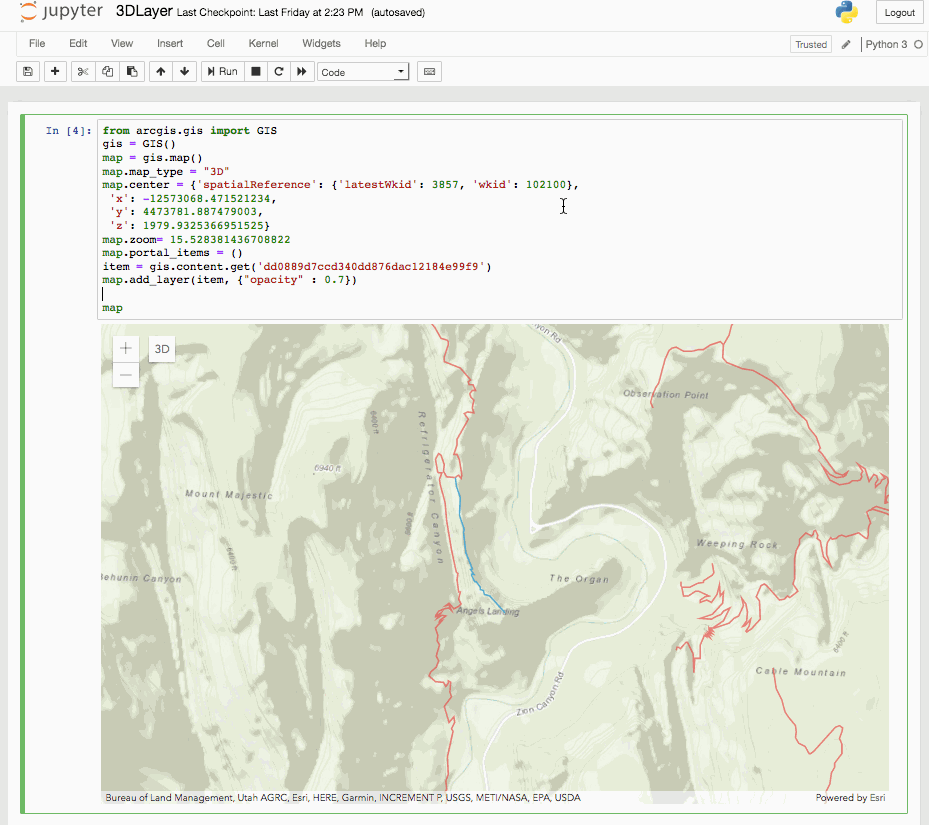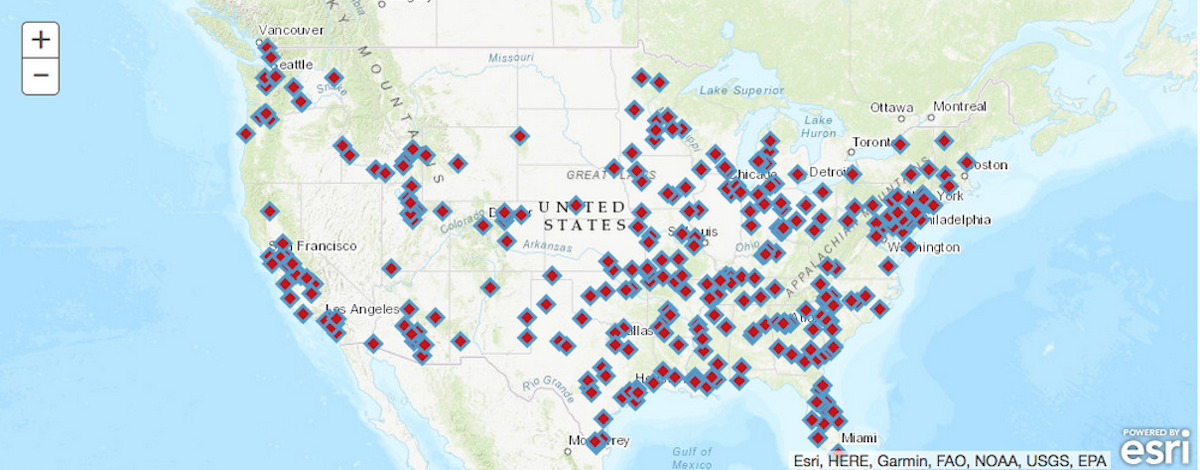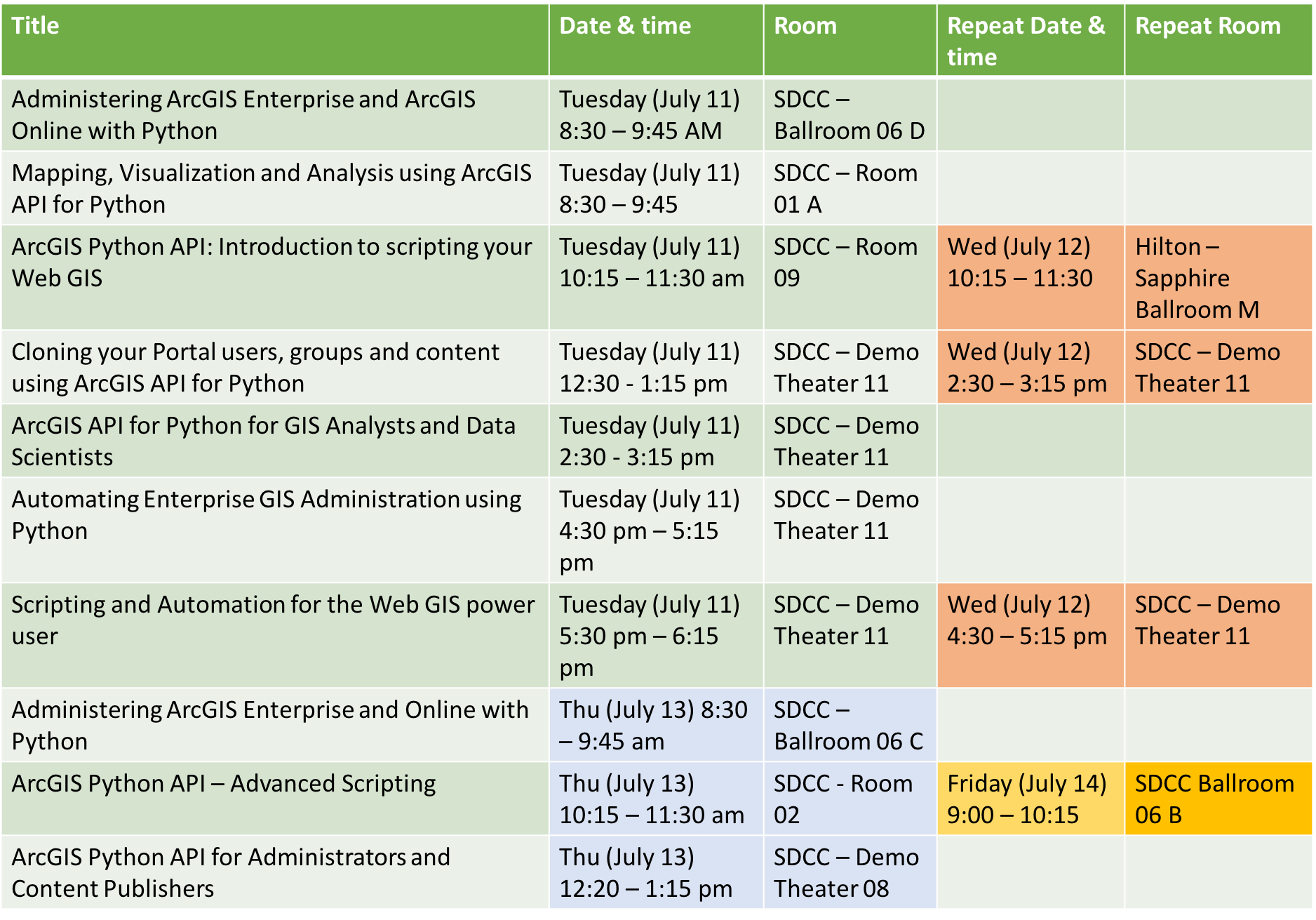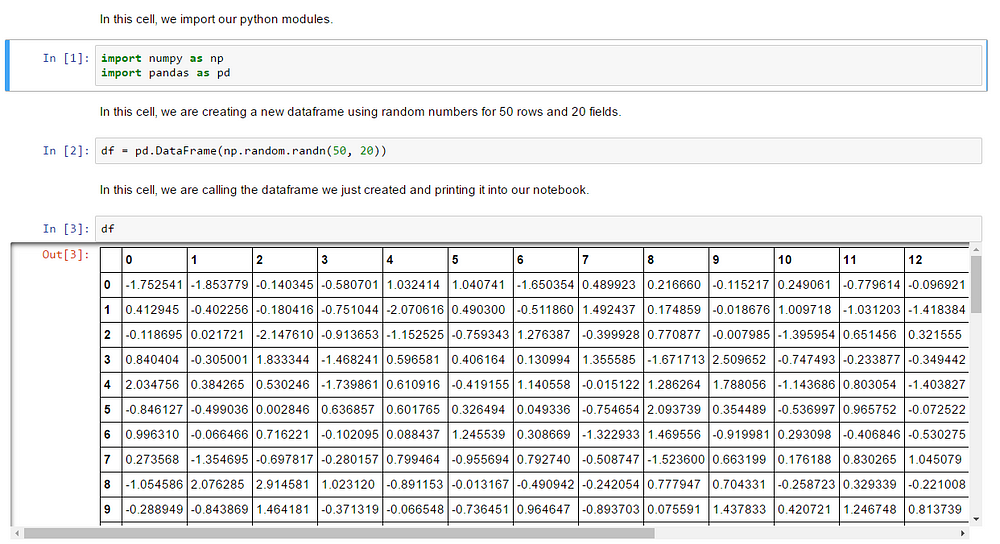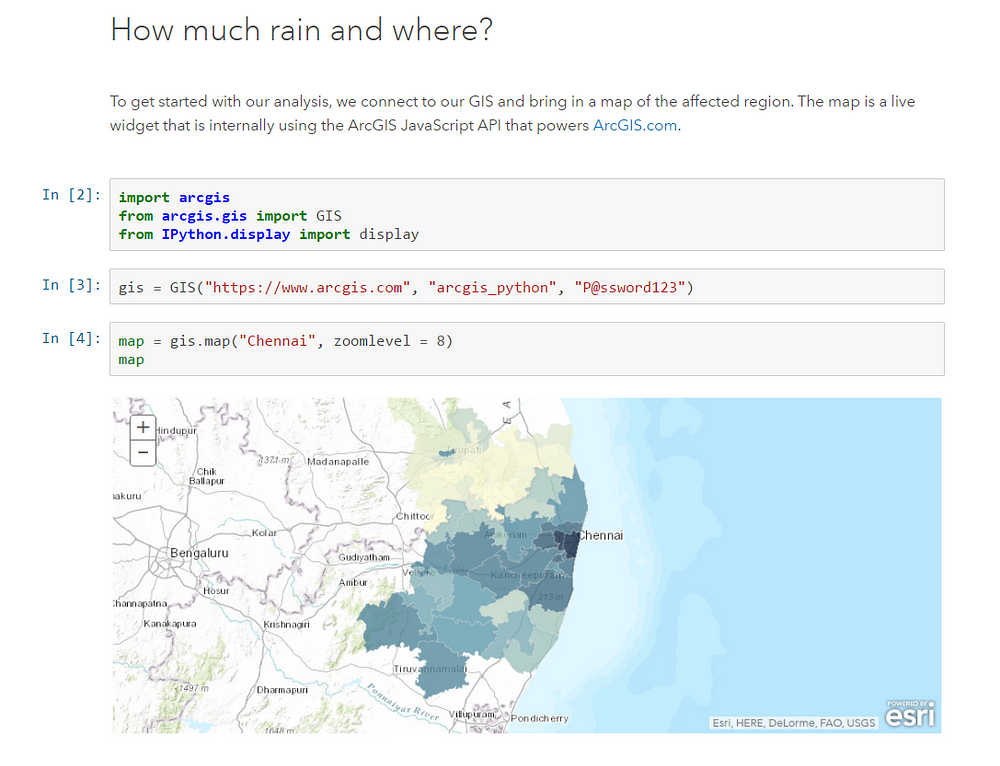Turn on suggestions
Auto-suggest helps you quickly narrow down your search results by suggesting possible matches as you type.
Cancel
ArcGIS API for Python Blog - Page 3
Turn on suggestions
Auto-suggest helps you quickly narrow down your search results by suggesting possible matches as you type.
- Home
- :
- All Communities
- :
- Developers
- :
- ArcGIS API for Python
- :
- ArcGIS API for Python Blog
- :
- ArcGIS API for Python Blog - Page 3
Options
- Mark all as New
- Mark all as Read
- Float this item to the top
- Subscribe to This Board
- Bookmark
- Subscribe to RSS Feed
Subscribe to This Board
Latest Activity
(32 Posts)by
Anonymous User
Not applicable
07-09-2018
05:45 PM
0
1
1,158
by
Anonymous User
Not applicable
02-09-2018
11:50 AM
10
1
2,599
by
Anonymous User
Not applicable
10-05-2017
02:39 PM
3
2
1,413
by
Anonymous User
Not applicable
08-28-2017
02:32 PM
1
4
947
by
Anonymous User
Not applicable
07-17-2017
11:39 AM
1
12
2,637
Esri Contributor
06-13-2017
08:31 AM
6
1
1,439
by
Anonymous User
Not applicable
04-08-2017
06:54 AM
13
1
5,710
by
Anonymous User
Not applicable
02-08-2017
03:50 PM
6
4
1,360
220 Subscribers
Popular Articles
Methods for Updating Layer Symbology with the ArcGIS API for Python
EarlMedina
Esri Regular Contributor
17 Kudos
19 Comments
Add Table from Hosted Service to Another and Create Relationship
Clubdebambos
MVP Regular Contributor
17 Kudos
12 Comments
Updating ArcGIS Online hosted feature layer with Smartsheets using ArcGIS API for Python
MehdiPira1
Esri Contributor
14 Kudos
7 Comments
